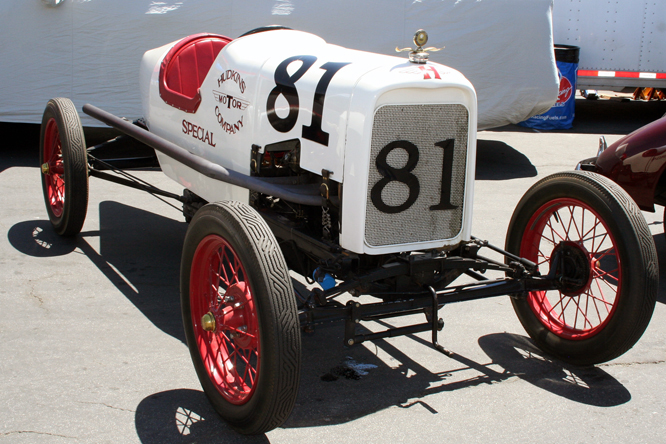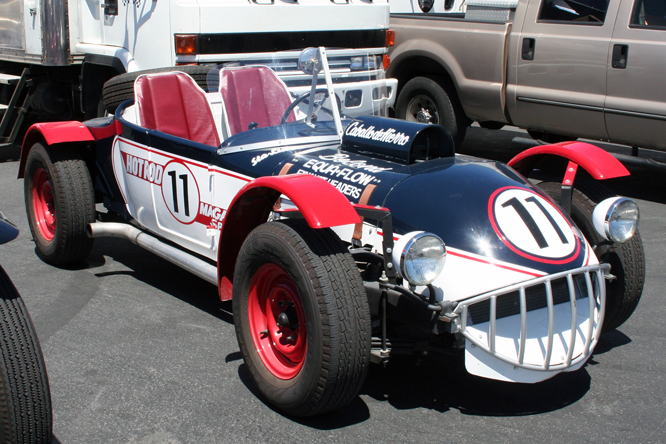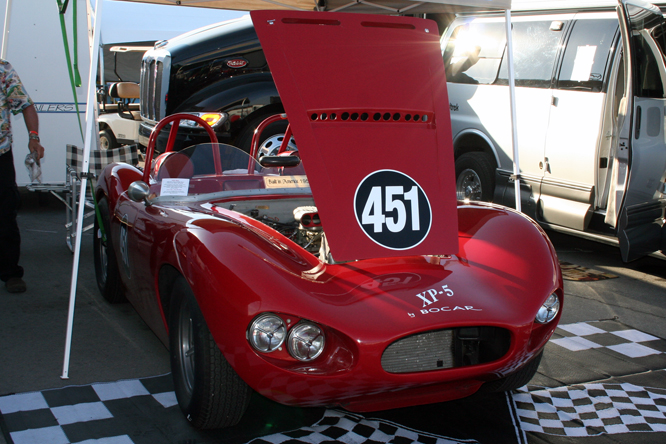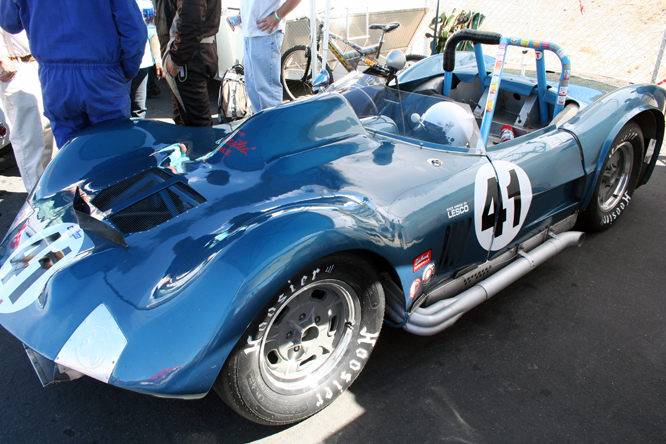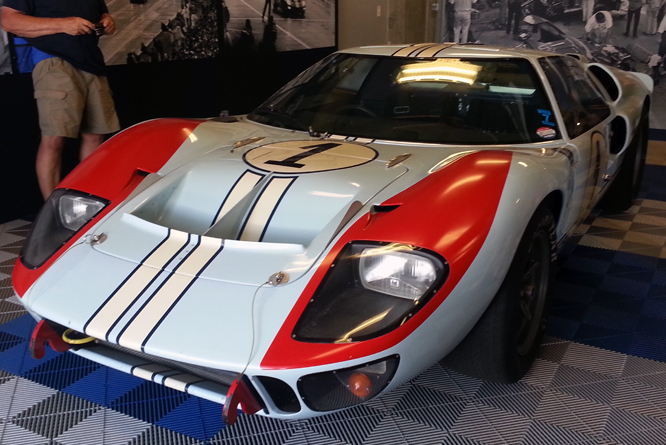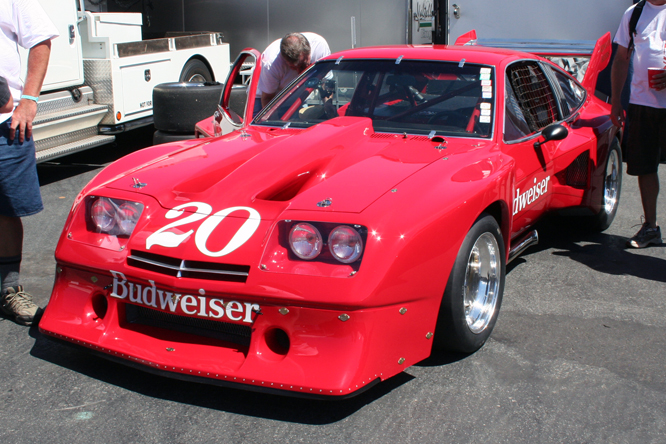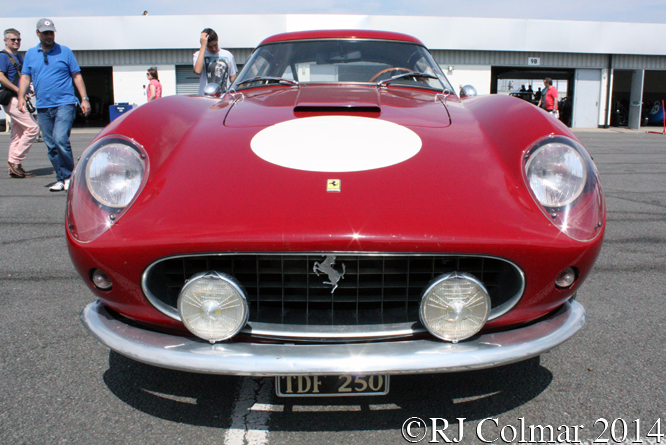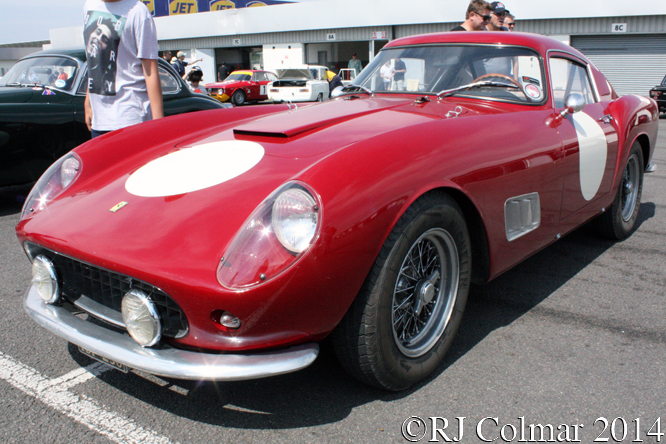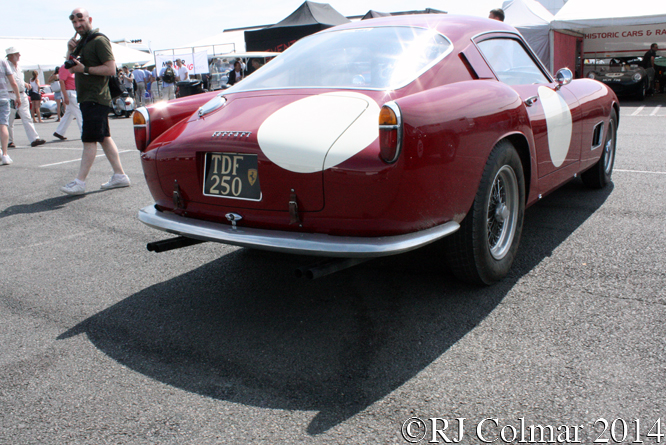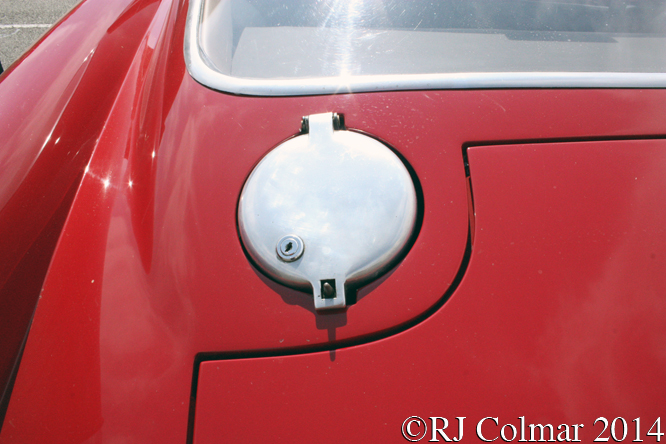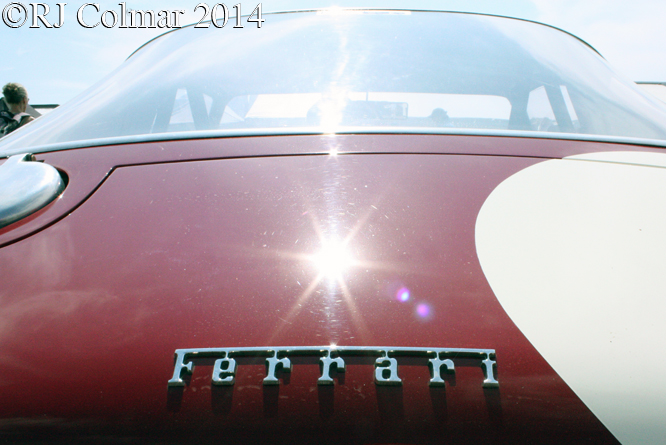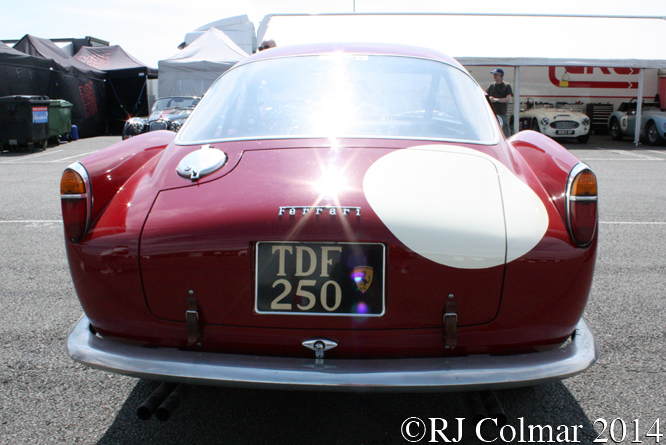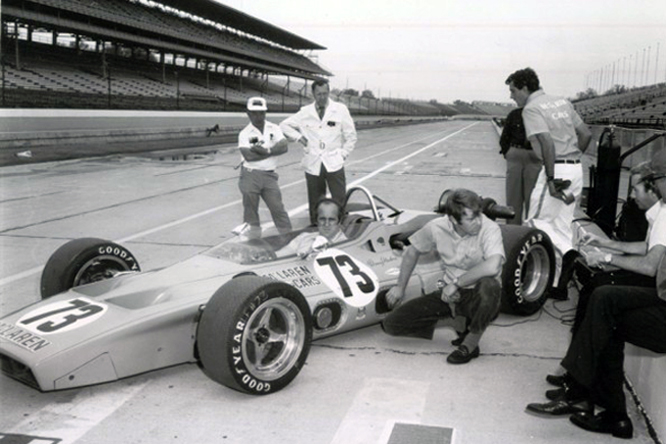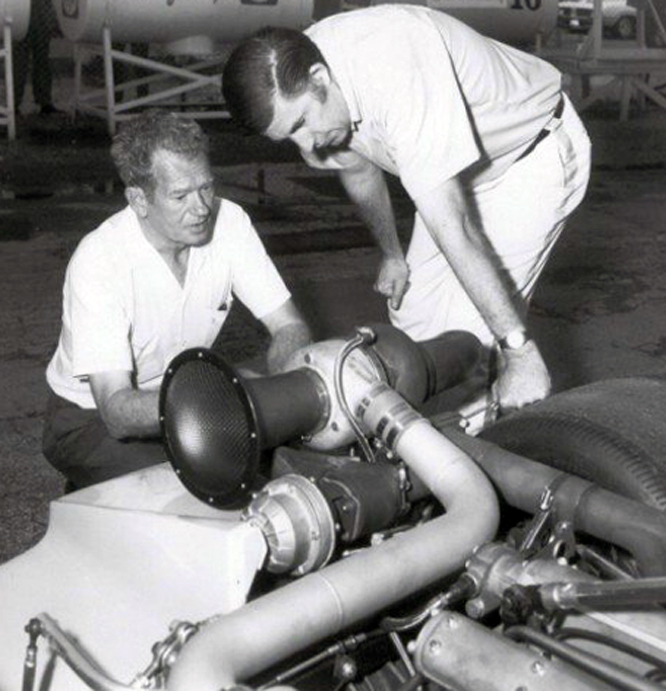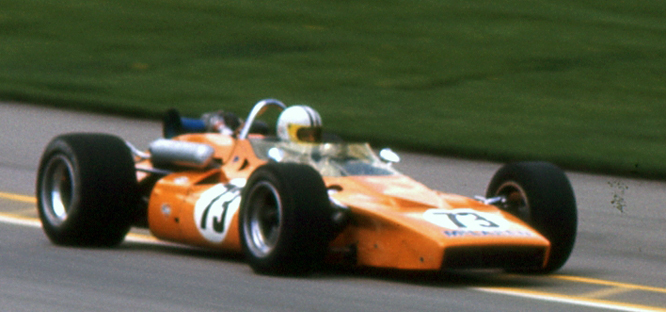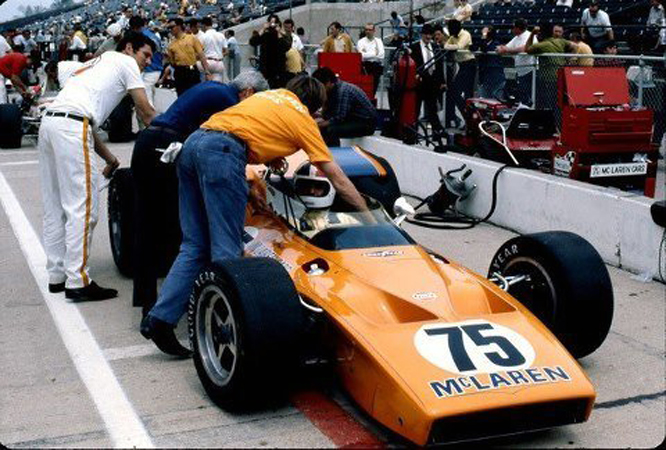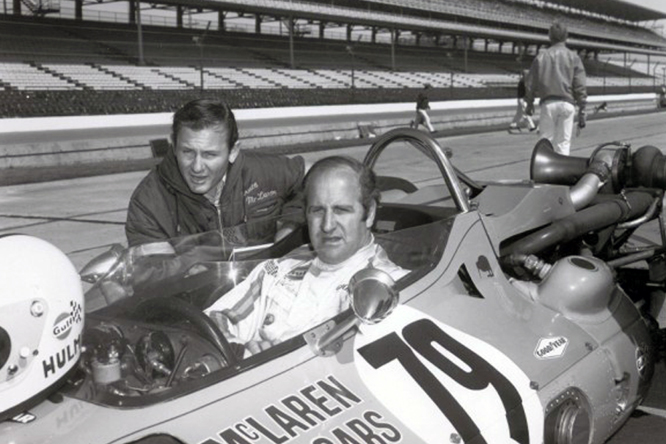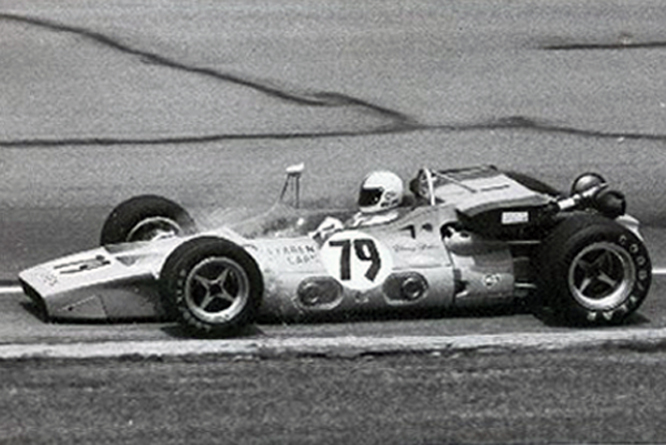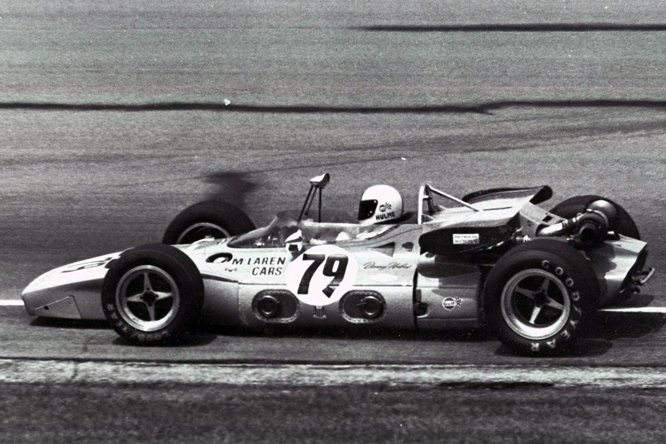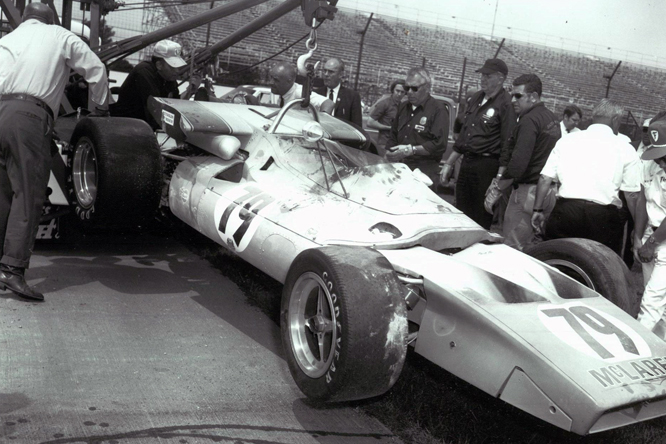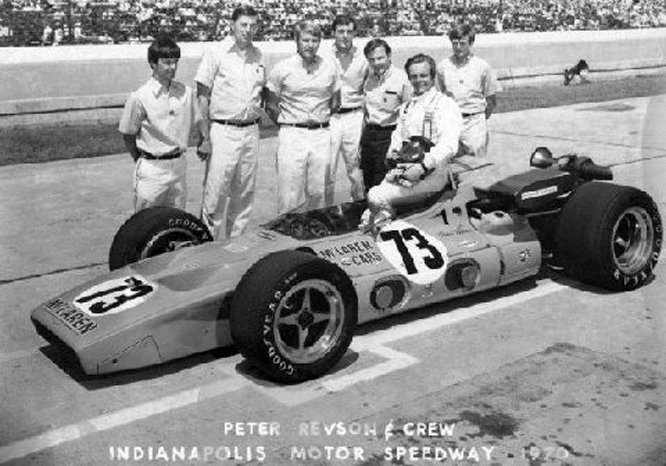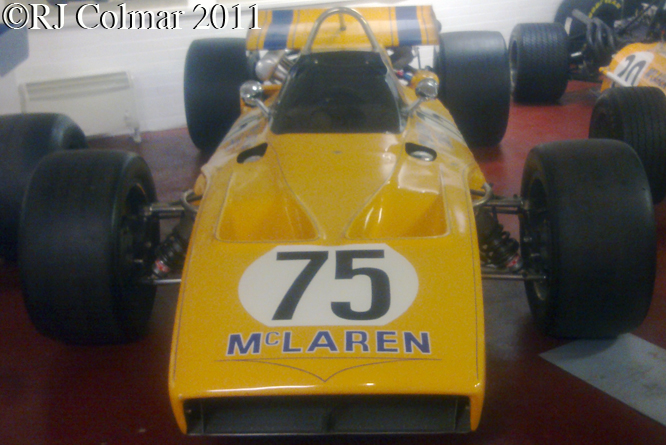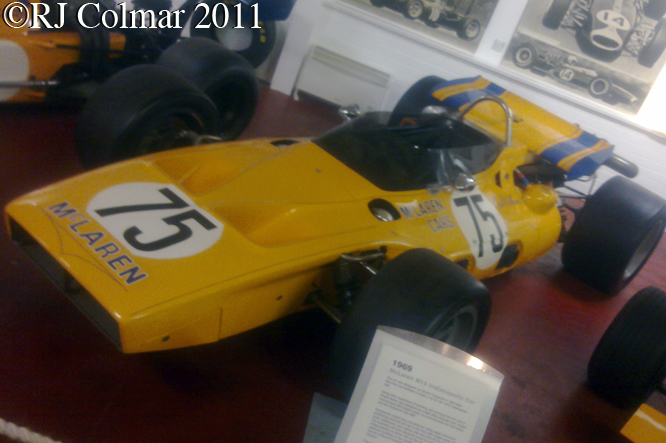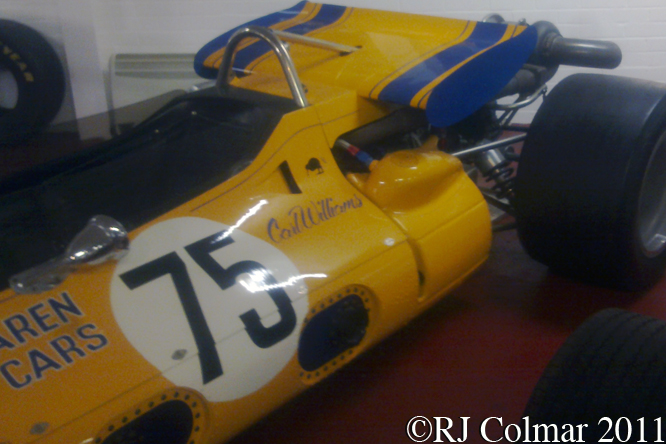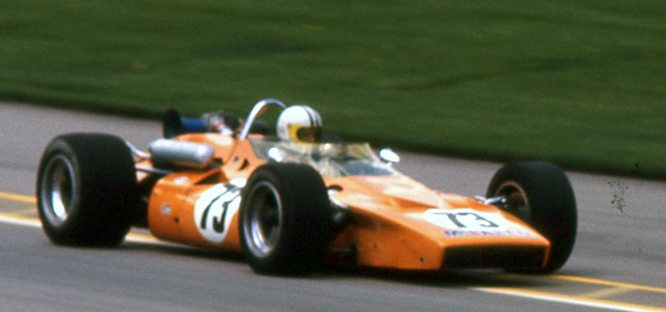It must have been soon after I had helped my school friend Sven by cleaning the windscreen of his Ford Capri during the 1985 Willhire 24 hour race at Snetterton that I realised a year after leaving college my life did not appear to be going anywhere particularly fast and that I ought to expand my horizons when I saw a vacancy for a gopher for Carl Haas’s FORCE Formula One team being run by Teddy Meyer, in Autosport.
Without hesitation and in possession of the aforementioned experience, along with the requisite van driving experience, a clean driving licence and a B.A. Hons in European Business (2,2) from Trent Polytechnic I applied the same day thinking no one on gods great earth could possibly match my credentials… I was of course completely wrong, I got a nice letter from Mr Meyer informing me I had not been selected for interview and wishing me luck for the future, I can’t say I was not disappointed, but at least I had made one attempt, no matter how ill judged, to run away with the circus.
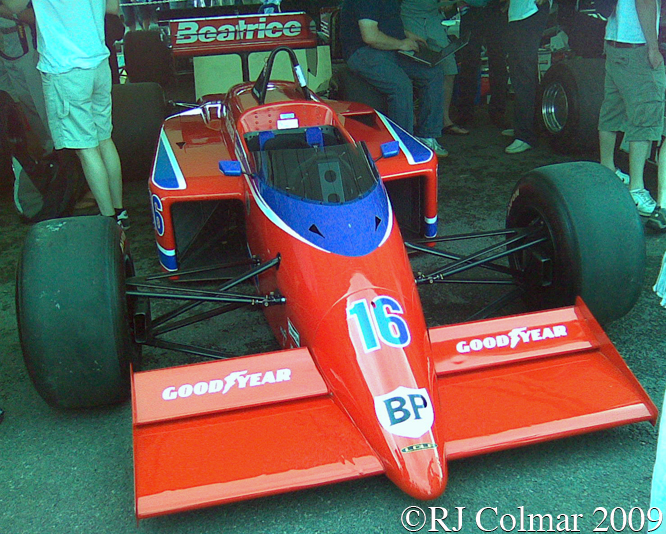
Late in 1984 Carl Haas secured sponsorship for his Champ Car Team which won the ’84 Championship with Mario Andretti from Beatrice Foods, part of the agreement included a deal to part fund and expansion by Haas into Formula One with Carl Haas’s FORCE being responsible for the design, Ford for the exclusive supply of a new Cosworth turbocharged V6 motor and 1980 World Champion Alan Jones who was to make his second return to Formula One since officially retiring at the end of 1981.
For some reason probably not unconnected with the fact that Haas had been the long time US importer of Lola, Andretti drove the T800 in 84 and T900 in ’85, Lola was nominated as the car’s manufacturer although they had no input to either it’s design or manufacture, ex Williams employee Neil Oatley designed the THL1 which was initially adapted to take the Hart turbocharged 4 cylinder engine while the Cosworth was readied for the 1986 season.
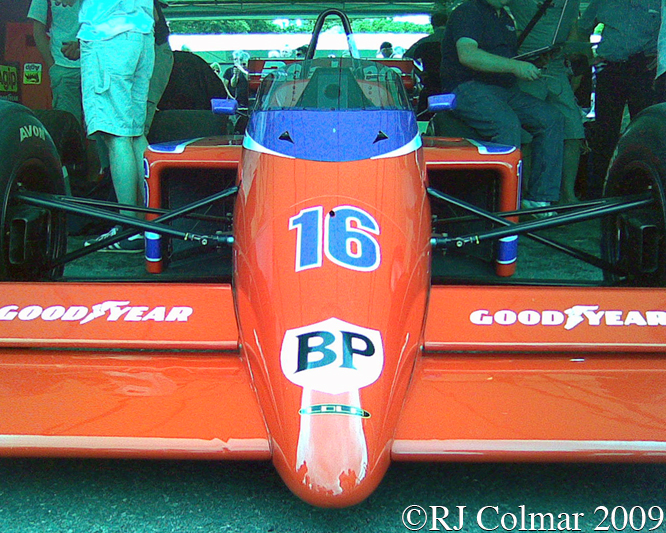
The THL1 appeared at the Italian, European, South African and Australian Grand Prix at the end of 1985 and retired from all but the South African event where Alan Jones qualified a season high 18th but was unwell and did not take the start.
At the start of the 1986 season the Cosworth V6 was still not ready and so Alan was forced to soldier on with the Hart motor in Brazil and Spain, he qualified 17th for the latter, but was involved in a collision with Jonathon Palmers Zakspeed which saw both cars retire on the opening lap.
Alan, 1978 Can Am2 Champion driving a Haas Lola, was joined in 1986 by Patrick Tambay who had also won Can Am2 championhships with Haas in 1977 and 1980. Like Alan he had to make do with a Hart powered THL1 for his first three starts, Patrick out qualified Alan qualifying a promising 11th at San Remo where he retired, as in Brazil, but he brought his THL1 home to a non points paying 8th from 18th on the grid and in so doing became the only driver to bring a THL1, chassis #85-002 seen in these photographs taken at Goodwood, across the finish line of a Championship Grand Prix.
The teams fortunes improved moderately with the arrival of the new turbocharged Cosworth V6 powered THL2, Alan scored a best 4th at Monza where he was followed home by Patrick in 5th, at the following Belgian Grand Prix Alan finished 6th and by the end of the season a change of management and policy at Beatrice saw them terminate their sponsorship leaving Haas with little option but to close his team down, while Alan sold his Ferrari and headed home to Australia.
Thanks for joining me on this “Gopher Wanted” edition of “Gettin’ a li’l psycho on tyres” I hope you will join me again tomorrow when I’ll be looking at the very first Mercedes Benz 300 SLR. Don’t forget to come back now !


